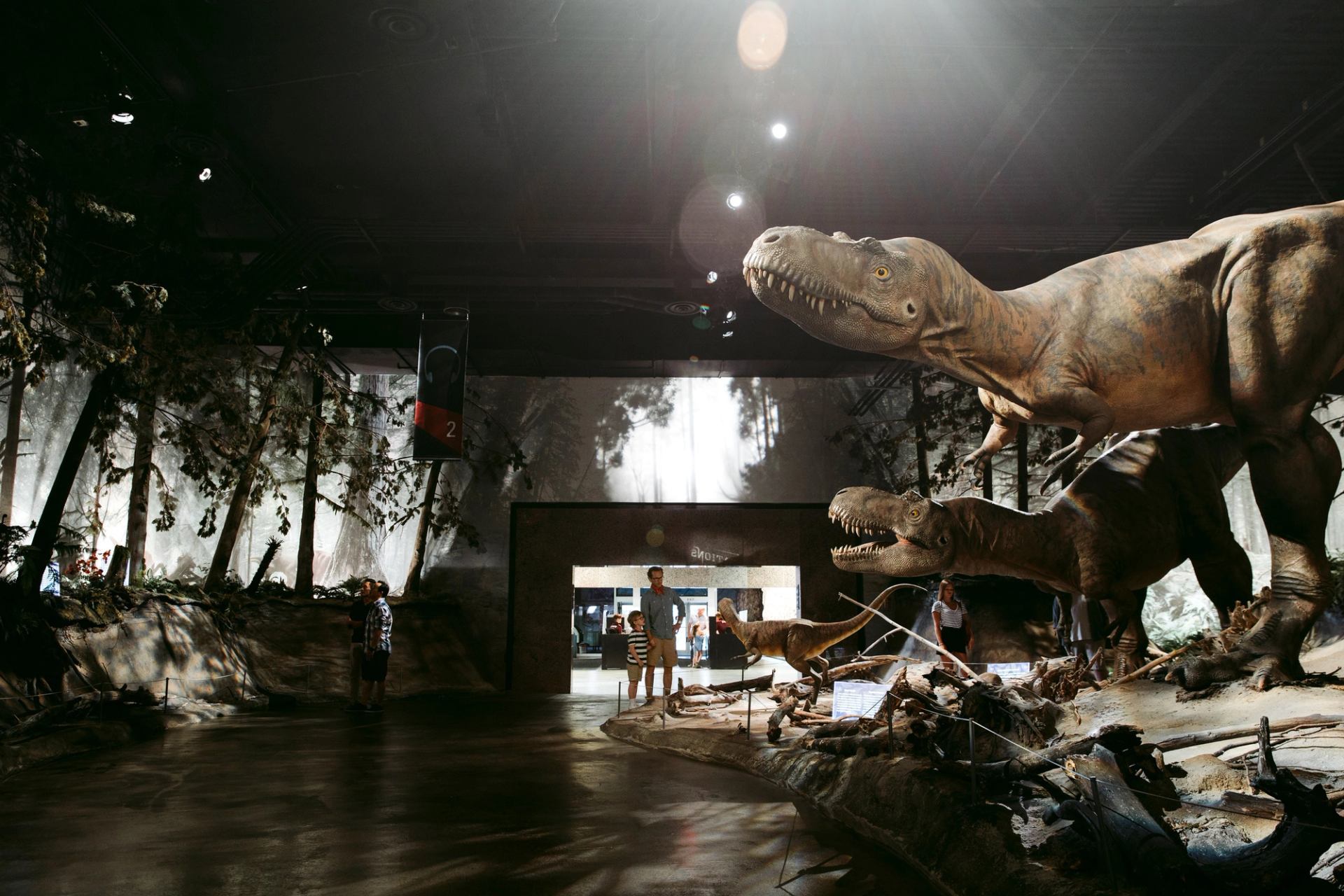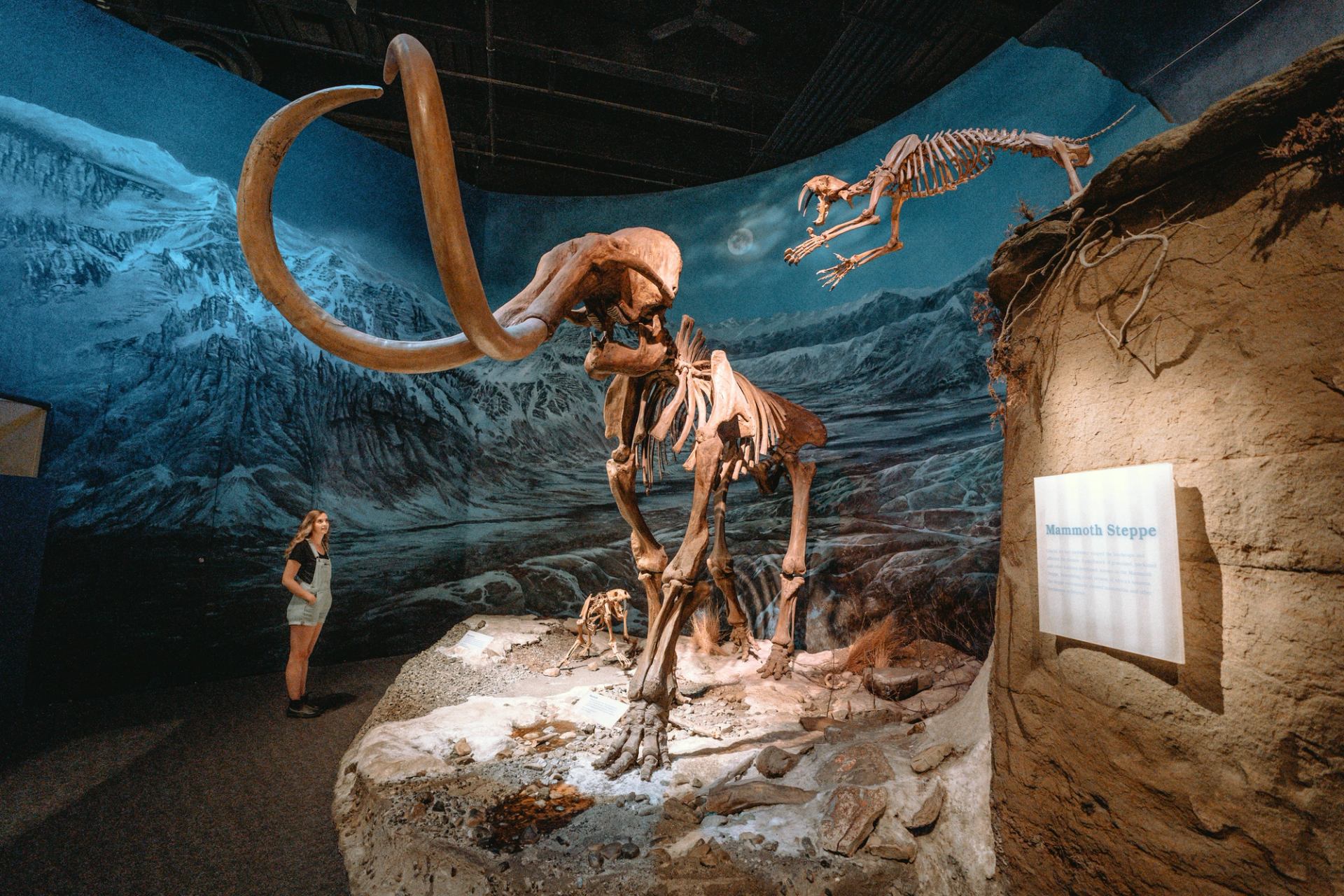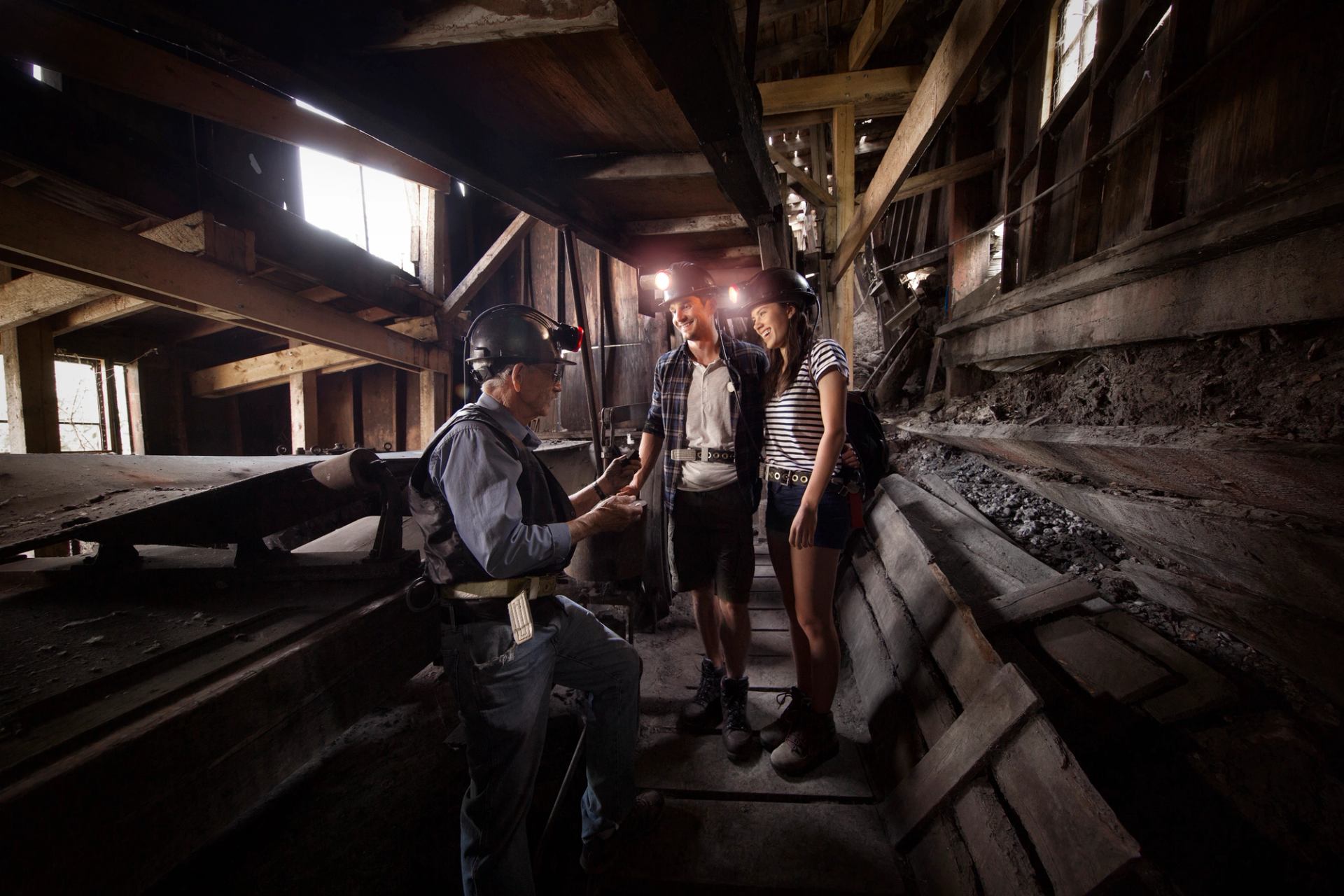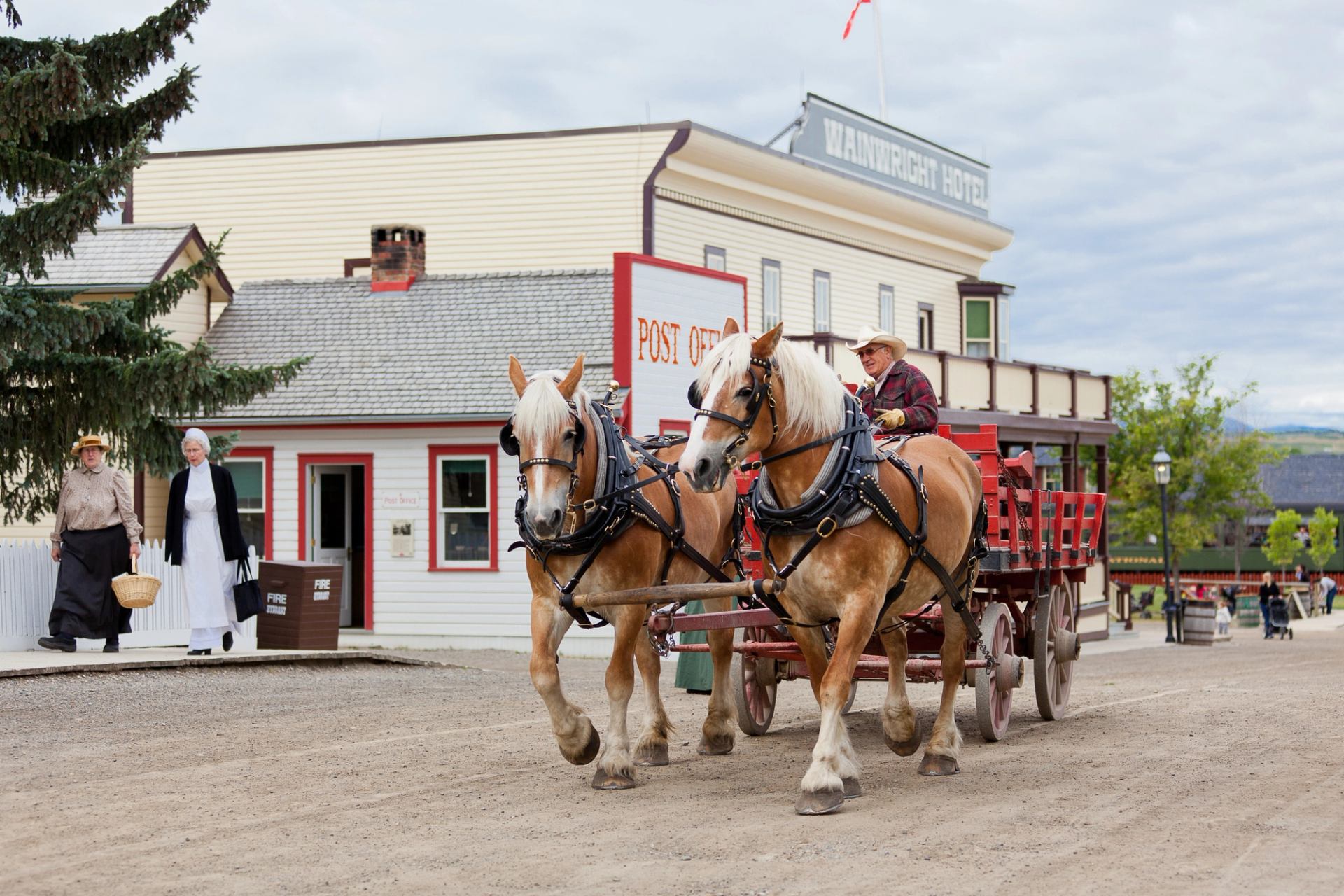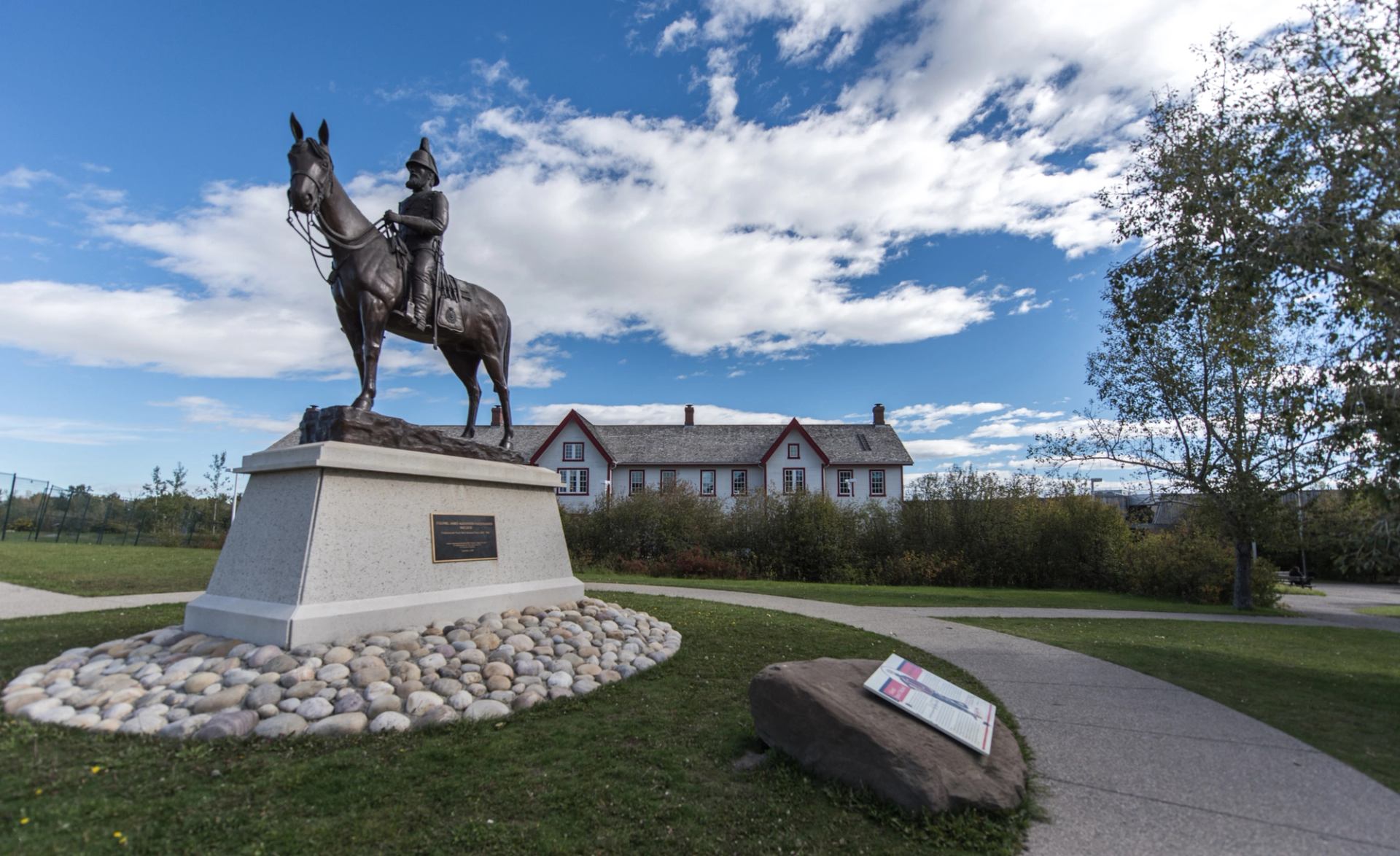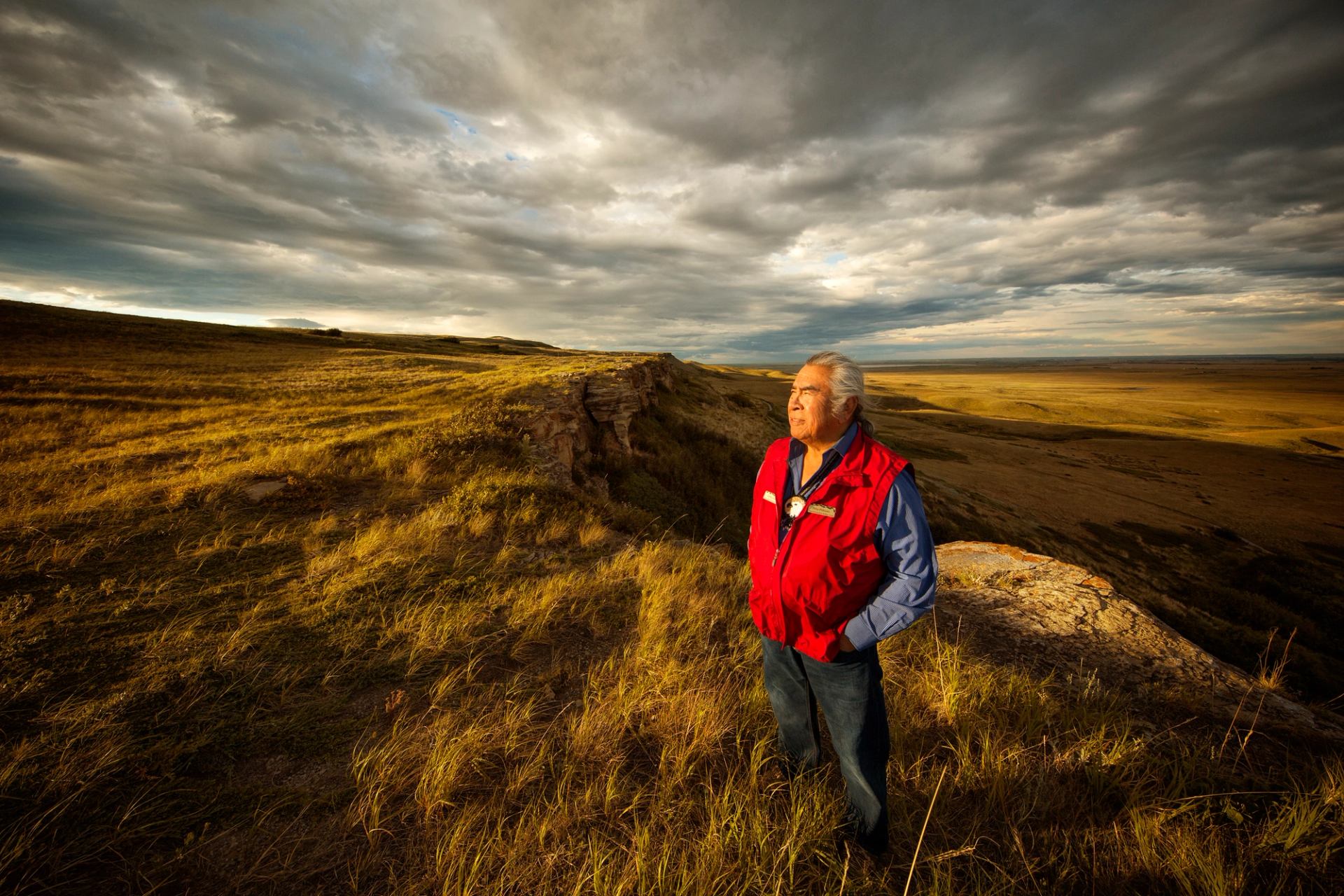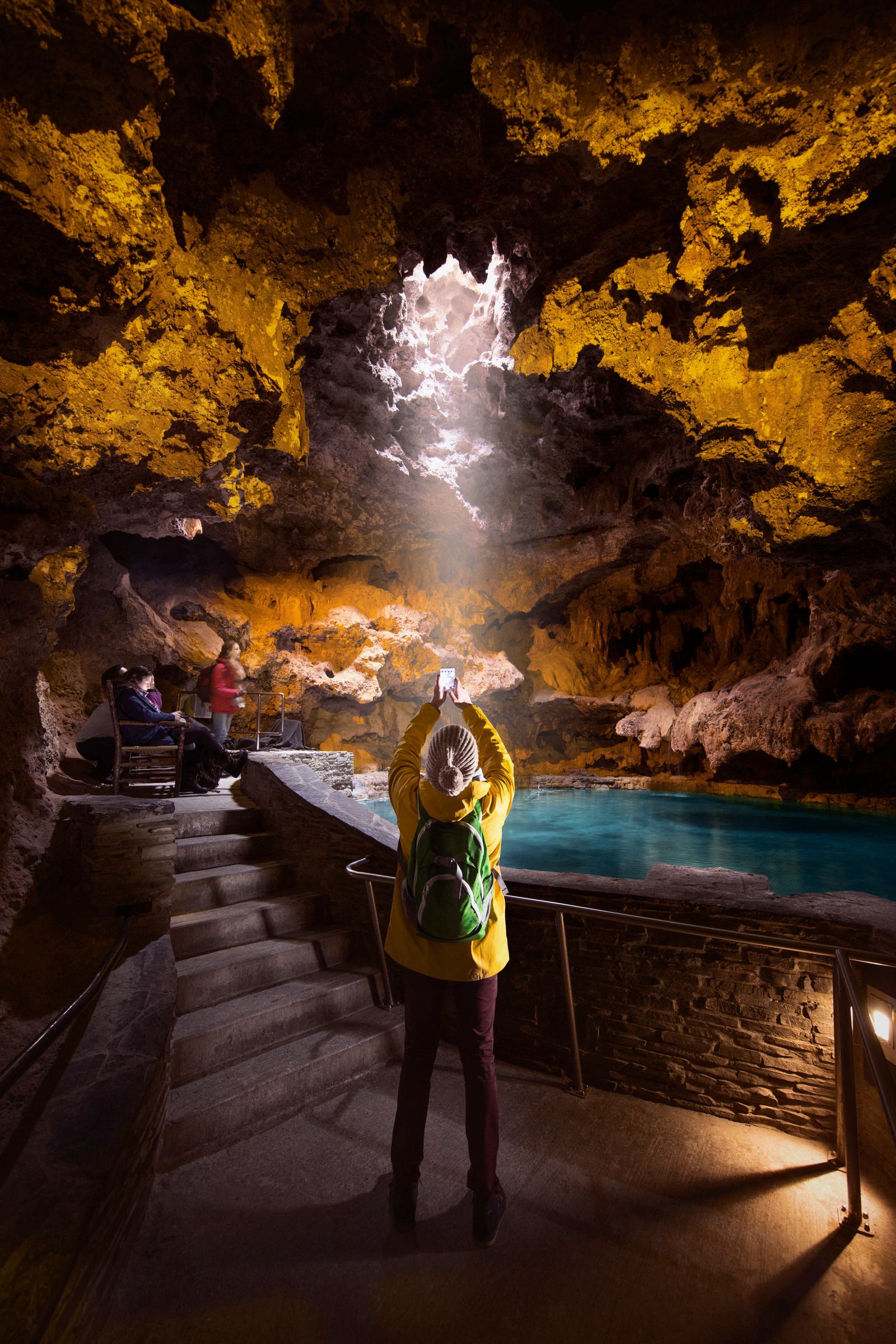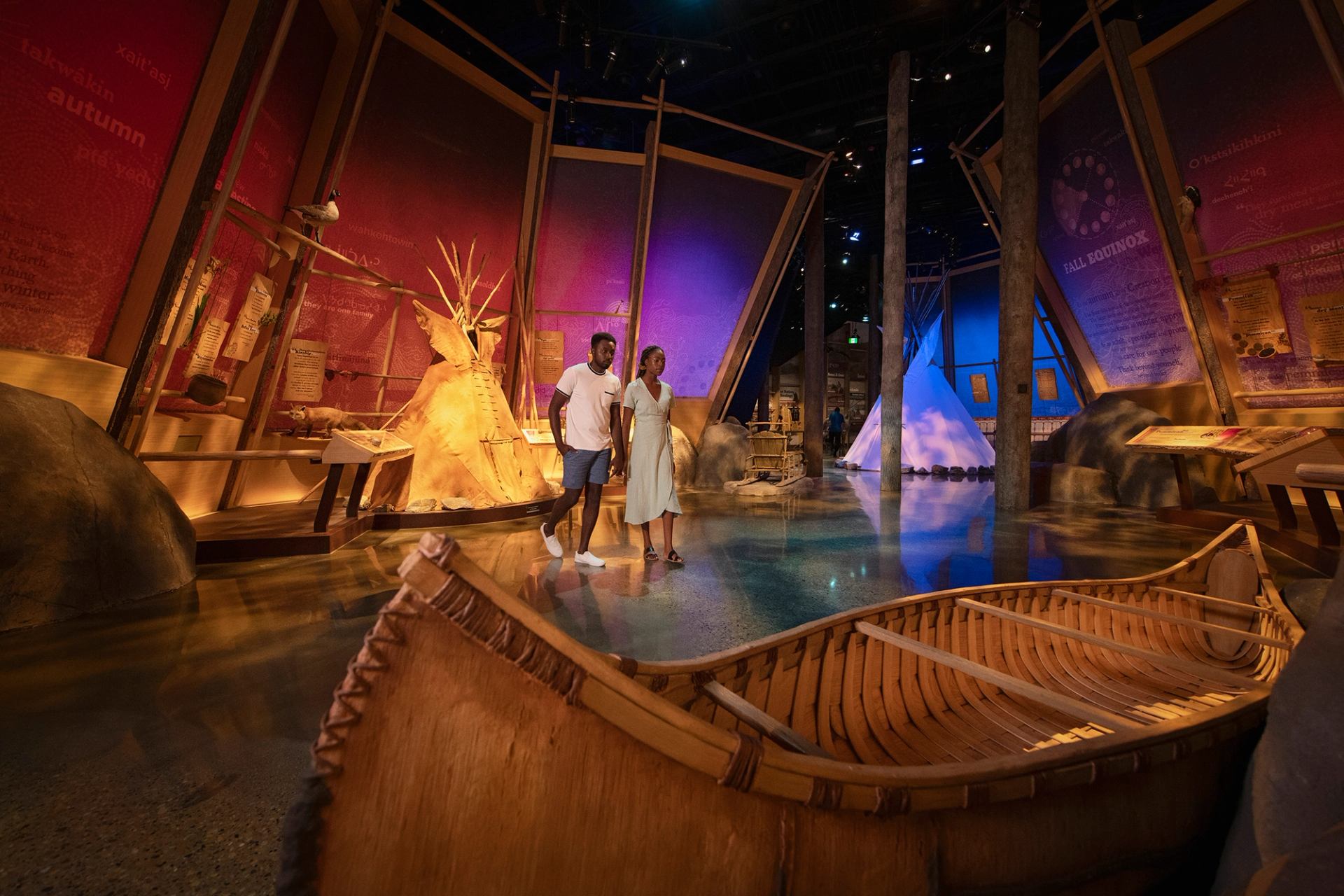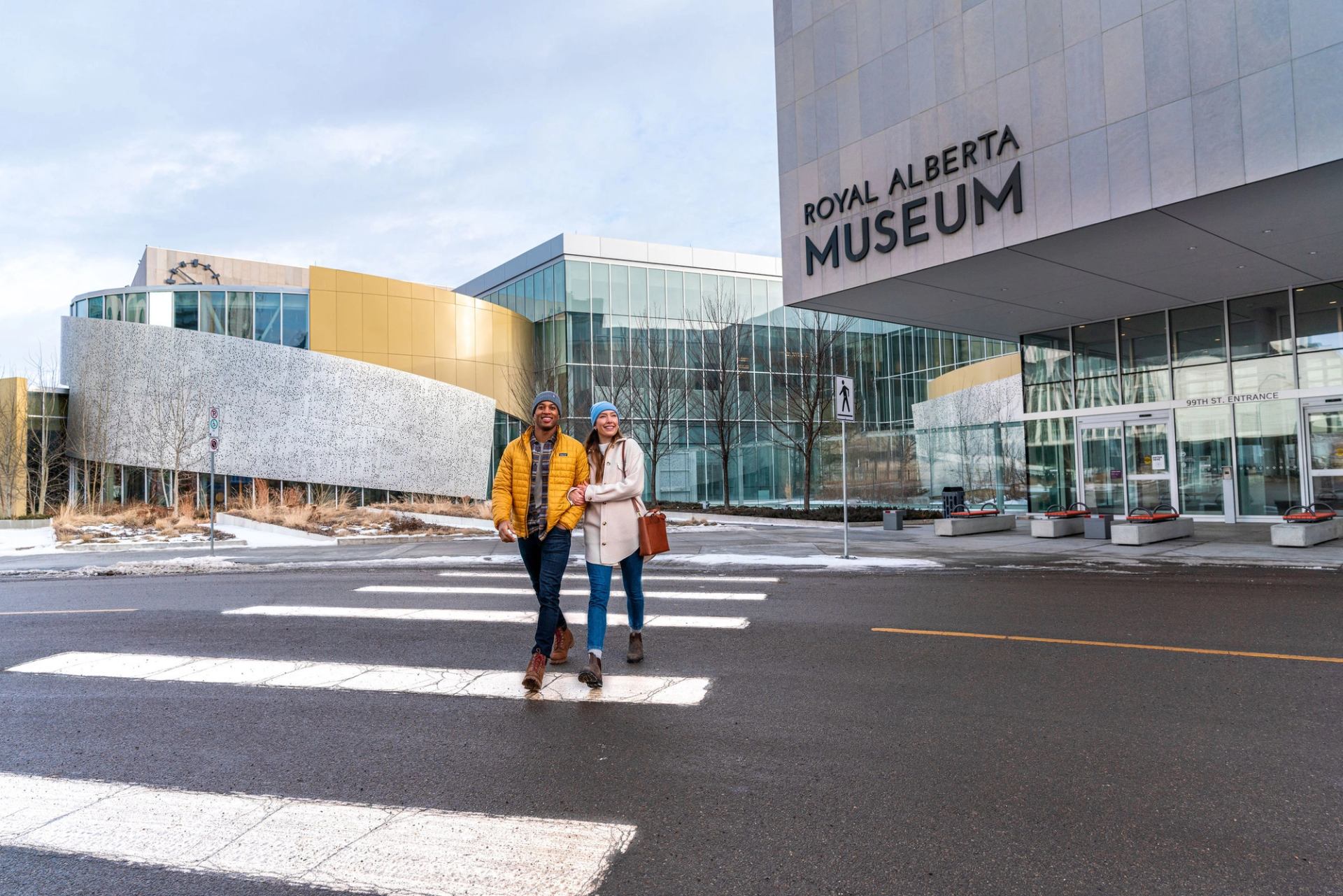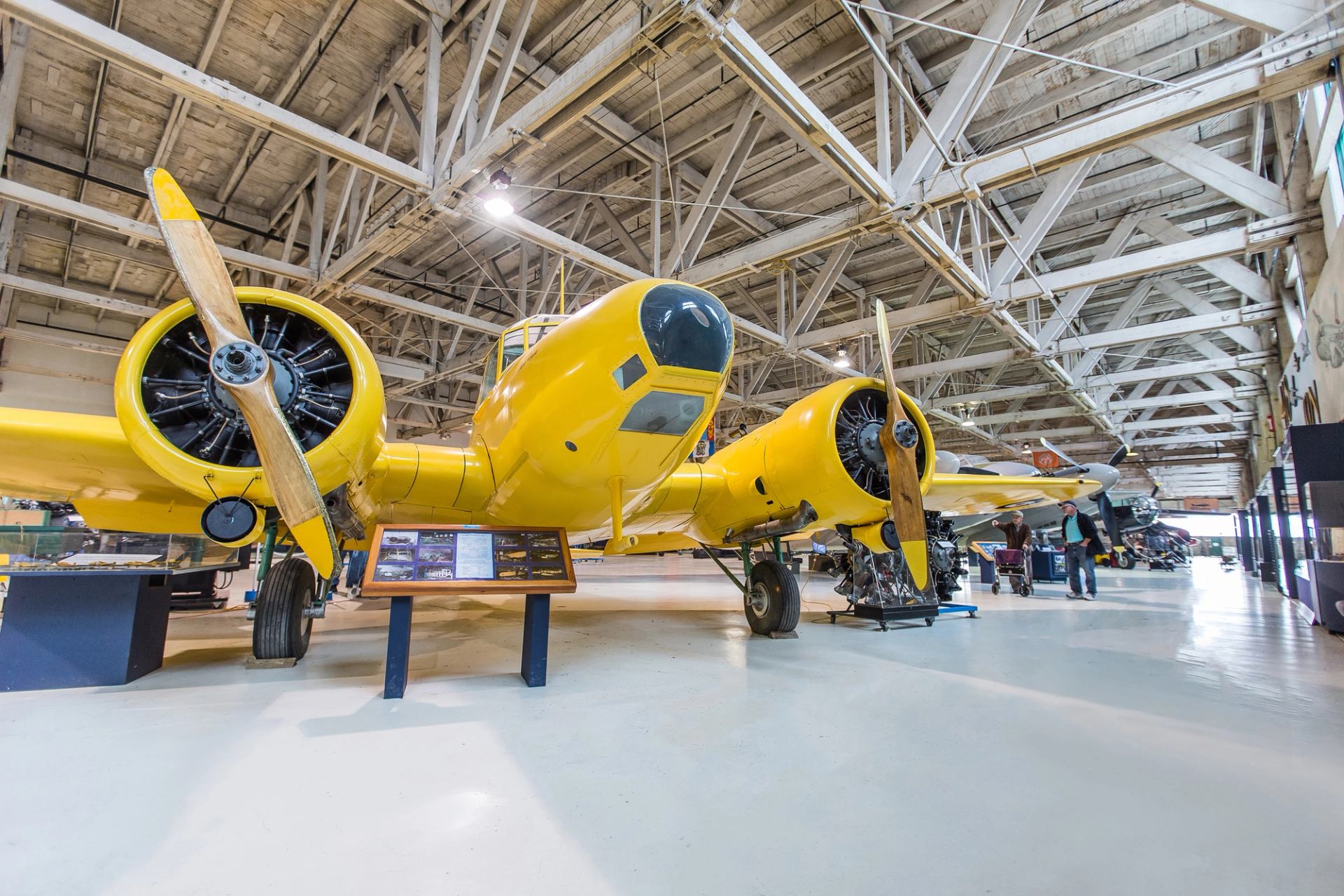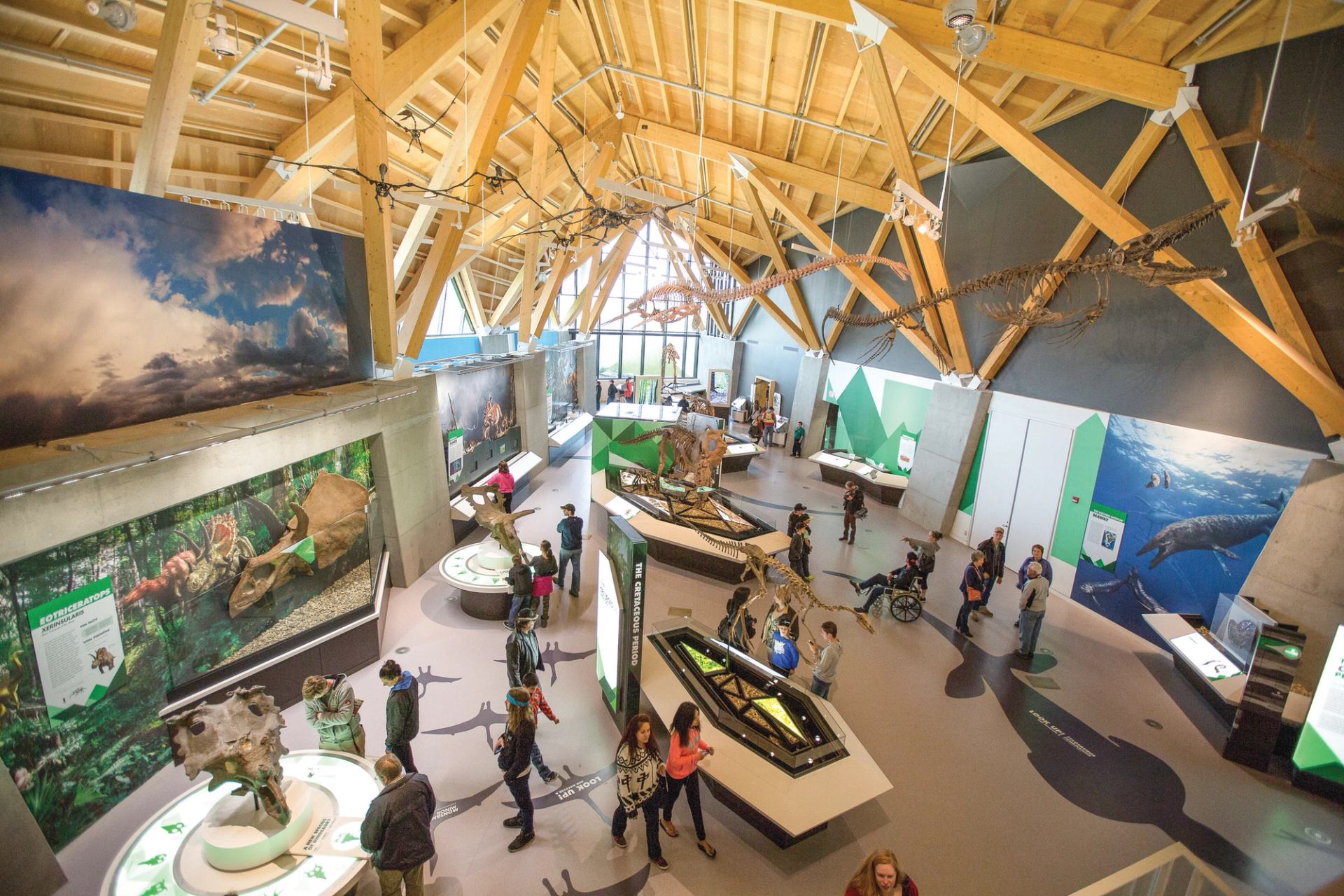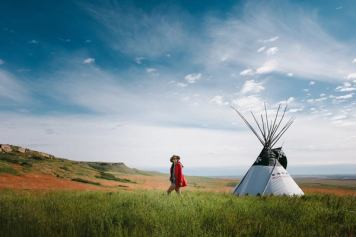If you like learning about fearsome dinosaurs, stories of the old west, Indigenous cultures or big-name musicians, then Alberta's museums and historic sites will keep you entertained.
Here are 12 must-visit museums and historic sites throughout the province, each with its own captivating stories to share.
Southern Alberta
Royal Tyrrell Museum of Palaeontology (Drumheller)
This is perhaps one of Alberta's most famous museums. The Royal Tyrrell Museum of Palaeontology is open year-round and houses one of the world’s largest collections of dinosaur fossils. There are even five specimens on display that are Guinness World Record holders. The exhibits cover more than 60 million years of fascinating prehistoric history, and there are lots of interactive exhibits at the museum. Don’t miss the Learning Lounge, where you’ll learn all about Albertosaurus, the province's namesake dinosaur.
When you've wrapped up your prehistoric tour in the museum, check out the surrounding walking trails that wind through the Canadian Badlands. The scenery is unlike anything you'll see anywhere else in the province. Keep an eye out for fossils. You never know where you may spot one.
